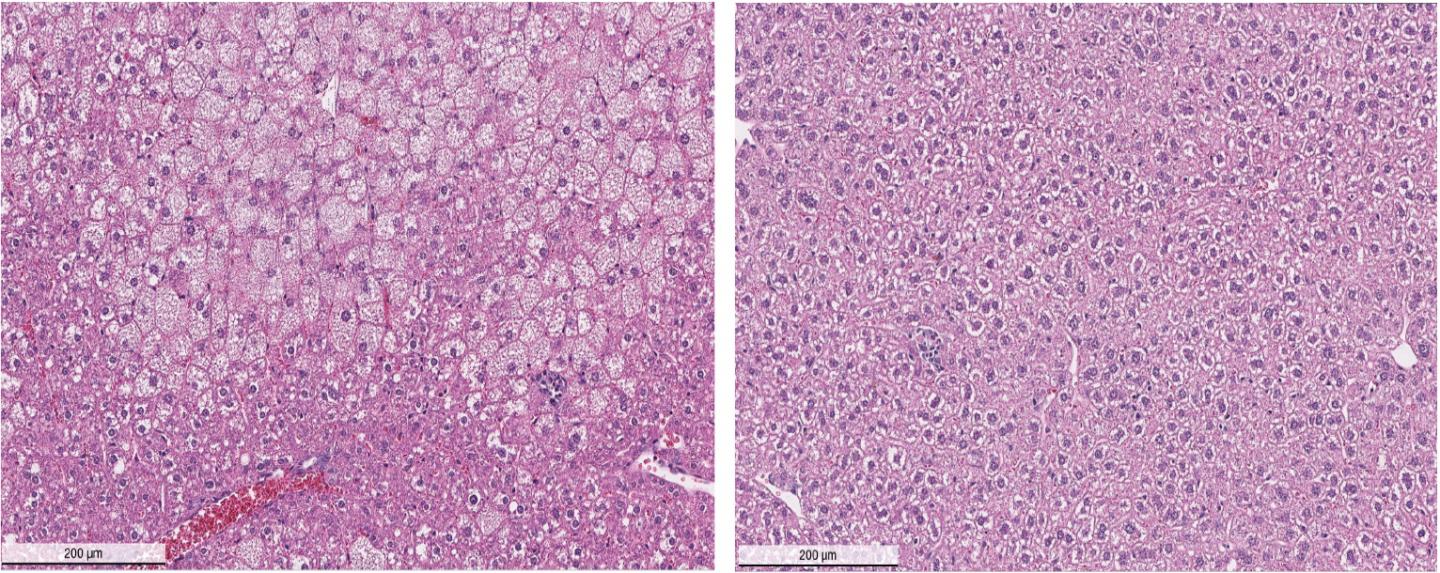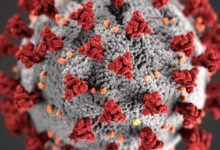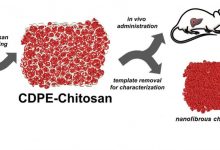
A latest study done by researcher of Cold Spring Harbor Laboratory with the collaboration of DepYmed Inc., a CSHL spinout company reported that they have performed the propitious preclinical trials on a component which can be used to treat Wilson’s disease and other types of disorders in which level of copper increased in the body, like some types of cancer.
Wilson’s disease is a genetic disorder which is caused by the accumulation of copper in body parts like in liver, brain, and other vital organs. The disease affects the 1 in 30,000 people by the liver and neurological damage. An excretion of excess copper from cells and organs is done with an enzyme which is encoded by a gene called ATP7B. Inherited autosomal recessive mutation in this gene leads to Wilson’s disease.
Like other metals, copper plays important role in the diet. A copper plays a special role in the formation of healthy bones, nerves, and skin. In Wilson disease, the liver does not filter the copper and it starts building up in liver, brains, eyes and other organs. From these organs, it starts distributing to the other organ or tissues through the bloodstream.
Wilson Disease can be life-threatening if the copper level exceeds the body. It can lead to the Scarring of the liver, liver failure, hepatitis, cognitive impairment, dystonia, speech defect, psychological disorder, and the blood disorder and kidney disease. The disease can be controlled or managed by the early treatment with drugs.
CSHL Professor Nicholas Tonks says “Unfortunately, Wilson’s disease may be hard to diagnose because its early symptoms are shared by other ailments, and so it is often not treated promptly”
He added, “Moreover, currently used treatments, involving ‘de-coppering’ agents, have side effects and lately have become very expensive.”
The novel investigation by team researcher confirms that a small molecule called DPM-1001 burly reduces the copper level in the grown culture cells, which are sampled from Wilson’s disease patients’ sample and the same results, were seen in the mouse model of Wilson’s disease. DPM-1001 act like a chelator; which facilitate the natural removal of the metal by interacting with them.
DPM-1001 is specifically targeting the copper and it is available for the oral administration, could be taken as pills. Presently there are many copper degrading agents which are used in drugs for the treatment of the disease like Wilson’s, however, these agents are affecting the other metal too. The intake of such drugs which contain these agents will lead to the undesirable effects by binding to the other metals than copper.
In case of toxic milk mouse model of Wilson’s disease, DPM-1001 leads to a substantial decrease of copper level in the liver and brain by removing excess copper through excretory system, which results in the amelioration of the associated symptoms caused by the disease.
Tonks said “It is our hope that this compound may represent the basis for an improved approach to Wilson’s Disease,” The work of compound optimization is still continuing in his lab with the DepYmed Inc. collaboration.






